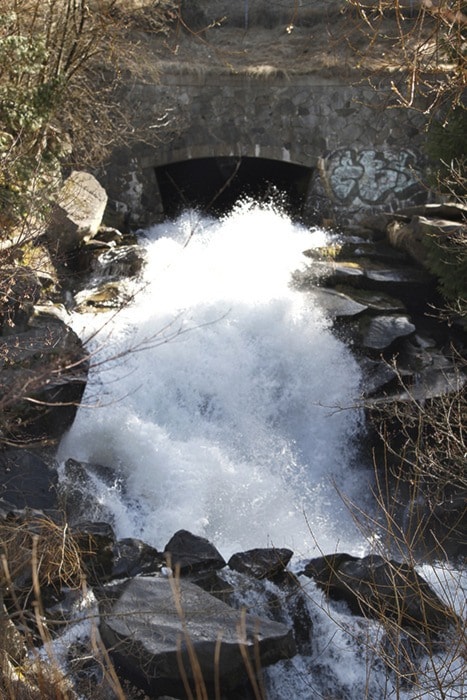A higher than average snow pack this year in the Kootenays means a higher potential for flooding, but it’s not cause to worry just yet.
“When we get higher snowpacks like we see this year, we do anticipate an elevated probability of having flooding,” said David Campbell of the BC River Forecast Centre.
“In snow melt driven rivers like those around Nelson, the potential for flooding is there virtually every year when we go into the melt period.”
Campbell said that the most recent snow base index taken on April 1 is at 127 per cent of normal snowpack, and unless temperatures become unusually high, there shouldn’t be any reason to be concerned.
“The peak period for snow melt and potential for flooding is early to mid May through to the end of June. What we would need to see during that period when we start to get significant melting going on would be an extended period of hot weather — something like 30 degrees for as long as a week, perhaps less than that for some of the smaller basins once we’ve actually started to get the snow melt going, but that’s still a few weeks away,” said Campbell.
Another scenario that could cause some problems is if a weather system were to come through with significant rainfall in conjunction with hot temperatures.
However, Campbell said that flooding in itself is a rare event.
“An ideal situation would be to have fairly modest weather through the melt period that would be both dry and not too warm for slowly melting off the snow and not causing any problems,” said Campbell, adding that although we’ve been seeing warmer temperatures recently, we’re still some time away from fully transitioning into snow melt period.
“The next snow melt bulletin of the May 1 snow pack levels will give us a bit of a better sense of how the transition to the melt period is going,” said Campbell.
“For now I think we have a good handle on the water we have available for melt and the flood risk coming into the season.”
